The teams that will take part in the World Cup in Qatar are not only known for their exploits on the pitch. In the hearts of the supporters, they earn nicknames with the most diverse possible origins, which arise from curious, tragic stories, which even mingle with that of the country they defend. Teams transform into colors, wild animals, birds and celestial figures. Of the 32, 31 have nicknames. Let’s meet?
A group – Qatar is the host country and its national team is known as Marron. But how is a selection that has the flag with the colors white and dark red called Marrom? The rationale is historical. Qatar is known as the leading producer of seafood dye, and particularly purple dye during the reign of the Sasanian Empire. According to the legend, the original flag of Qatar would be all in red-purple, precisely to underline this role of producer of dyes. But the paint used was of poor quality and in the sun turned brown. In 2015, finally, the exact shade of the flag was adopted, called Pantone 1955. Locally, the color is called Qatar brown.
The national team of Ecuador is known as La Tri, A Tricolor. The explanation is simple: the flag has the colors yellow, blue and red.
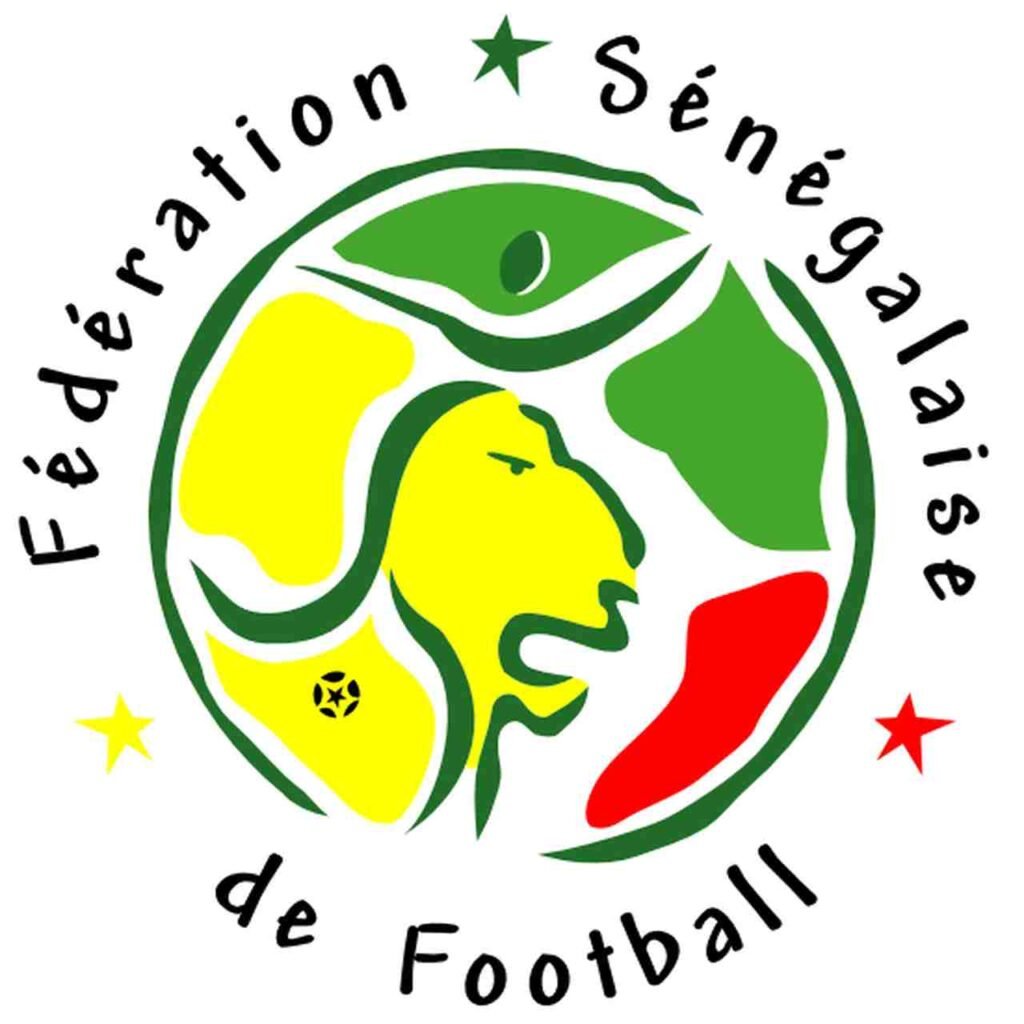
The Teranga Lions is the nickname of the Senegal team(coat of arms above). The feline is one of the symbols of the Senegalese population, while Teranga is a word from the Wolof language, one of the most spoken in the country. It means hospitality and welcome.
Holland round out Group A and the moniker A Clockwork Orange has several interpretations. The first, and most obvious, is the color of the uniform. Others say the codename originated during the 1974 World Cup due to the innovative tactical system known as the Carousel. Finally, the nickname would be a tribute to the film “A Clockwork Orange”, released in 1971 and directed by Stanley Kubrick.
Group B – The Iranian national team also adopts different nicknames. In Iran, all national teams in any sport are called Team Melli, which in Persian means People’s Team. But in 2006 the team became known as Persian Stars. During the 2011 Asian Cup, the Iranians were also referred to as the Lions of Persia, Lion Hearts and Princes of Persia. It should be remembered that for many years Iran was confused with Persia, and the region is one of the last strongholds of the Asiatic lion, also known as the Persian lion.
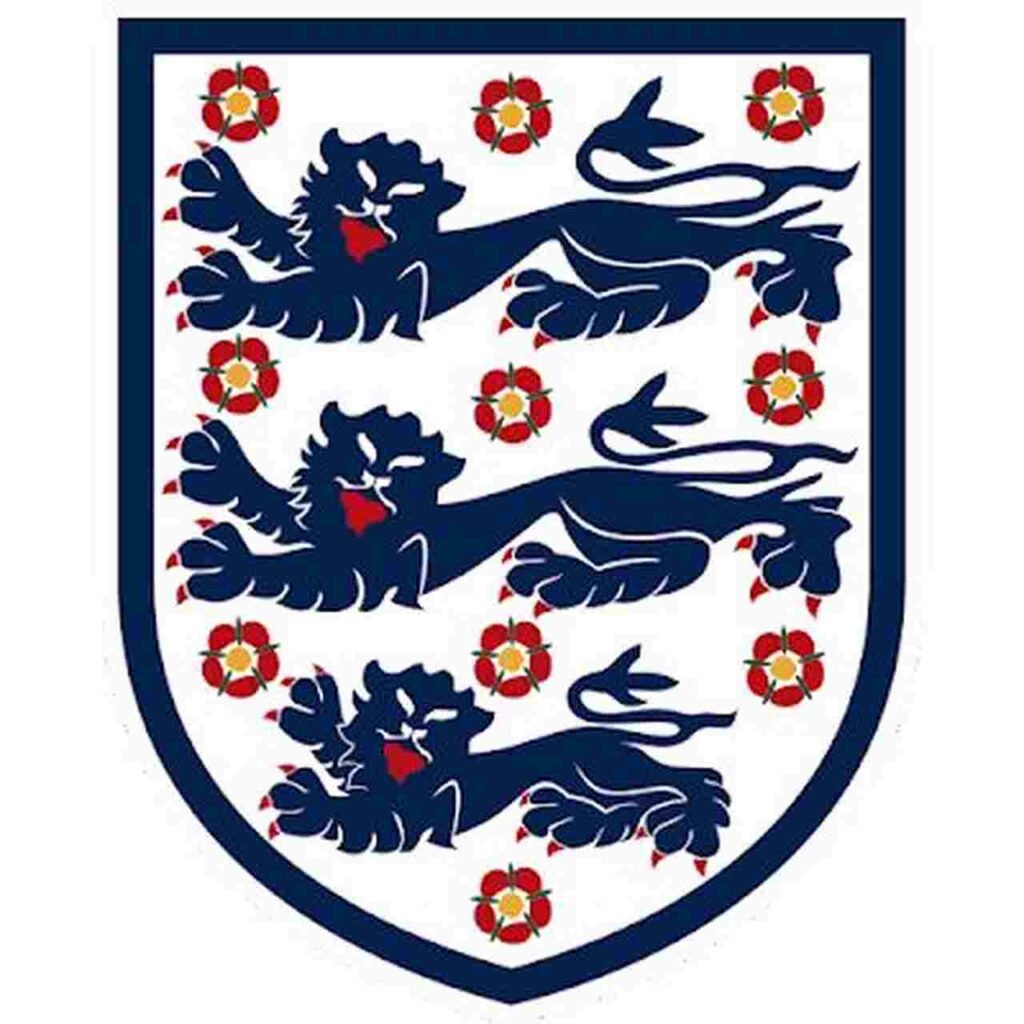
The English are very creative when it comes to nicknames for their national team. The English team is called The Three Lions (The Three Lions), in reference to the crest on the jersey, but also The Rose Team (The Rose Team) – the rose is a symbol of the British royal house. The three lions are also present on the coat of arms of the English army and on the shield of the football association of the country.
The United States adopts two nicknames for its national team. It is known as Star and Stripes, in homage to the country’s flag. But they also use the nickname Yankees, as a way of remembering the victors of the Civil War, which ended in 1865.
In a predominantly red uniform, the Wales national team is known as The Dragons. It is the color of the dragons on the national flag and the crest of the Football Association of Wales.
Group C – Argentina have an easy-to-understand nickname, the Albiceleste Selection, because of their vertically striped uniform, in white and sky blue.

Saudi Arabia is known as Al Akhdar, green, the predominant color of its flag. The team also goes by the nickname Os Falcões Verdes, as falcons are a popular bird among Saudis, who consider falconry a noble sport, even considered an art form, and one that generates millions of dollars. Falconry is considered intangible cultural heritage of humanity by Unesco.
Mexico is another selection known as La Tri, the Tricolor. The flag has the colors green, red and white.
It is also the flag that determines the nickname of the Polish national team. Bialo-czerwoni is the code name of the alvirrubra selection, which is the most popular in the world of football. The Poles are also called Biale Orly (The White Eagles), in honor of the symbol of the country.
Group D- The France team was even called Le Tricolore (The Tricolor), because of the three colors of the flag. But the nickname Les Bleus prevailed for many years, even because of the color of the team’s uniform.
Denmark’s national team nickname has a sporting history. He appeared in the 1982 World Cup. After a strong performance in the qualifiers, the Danes beat Scotland, Uruguay and Germany in the first three rounds of the World Cup and the nickname Dinamáquina quickly spread.
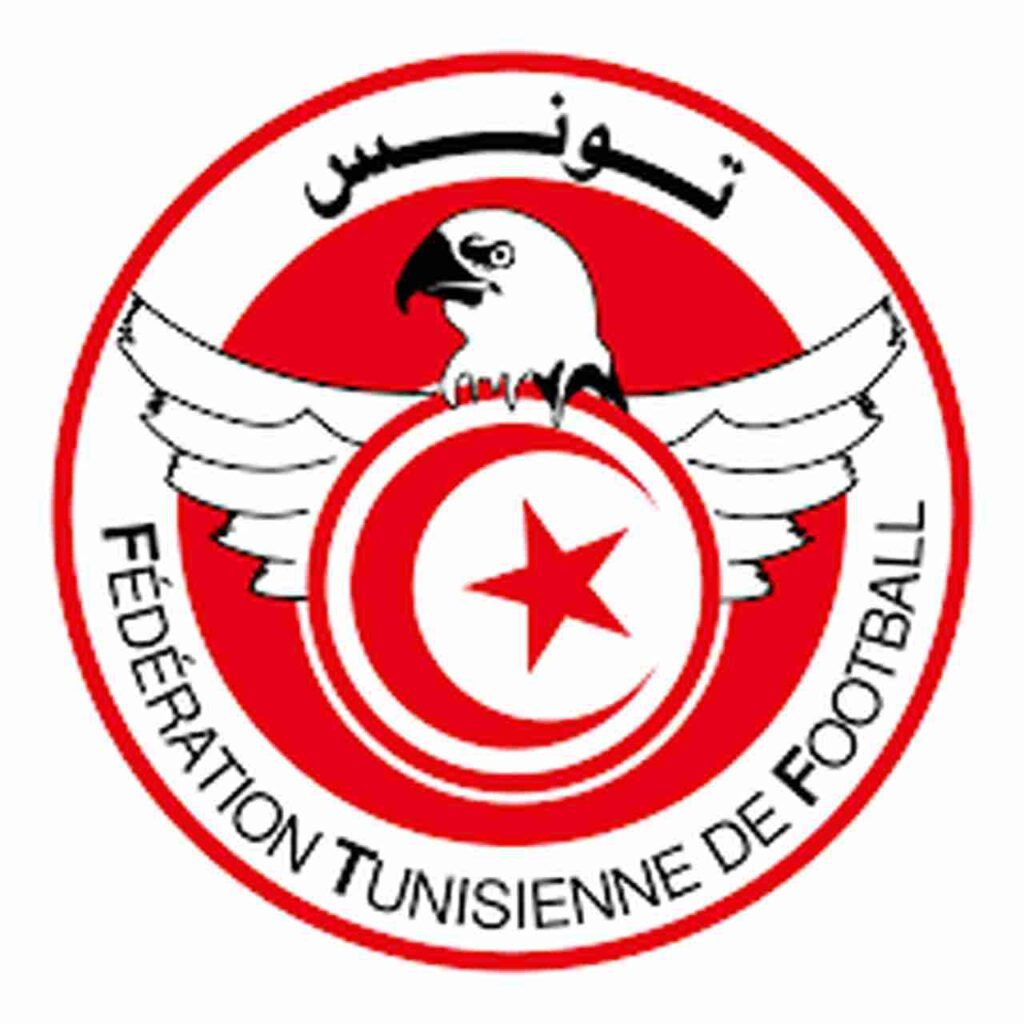
Tunisia adopts a nickname steeped in history in its national team. The team is called the Eagles of Carthage. The eagle is one of the symbols of the Tunisian federation and Carthage was the most important trading center of the ancient Mediterranean. The city is the capital of the ancient Carthaginian civilization and was located near Lake Tunis in present-day Tunisia.
Australia has a curious nickname, with no immediate translation. The selection is known as Socceroos, a union of the words football (soccer) and kangaroos (kangaroos), an animal native to Australia. Aussies, the local slang that identifies Australians, and kangaroos are also used.
Group E – The history of the country also serves as an influence for one of the nicknames of the Spanish national team. Because of one of the colors of the flag and the uniform, she is called La Roja (The Red). But the Eighty Years’ War, between 1568 and 1648, during which the Netherlands demanded independence from Spain, recorded the tragic attack on Antwerp in 1576, during which seven thousand lives were lost. The cruelty in just three days was registered as the Spanish Fury, and the nickname La Furia was also applied to the national team.
Costa Rica adopts an affectionate nickname for its national team. Unlike other Spanish-speaking countries, in Costa Rica the diminutives use the suffix “ico” and not “ito”. For this reason, since 1856, everyone born in Costa Rica has been called Tico, and this code name has been inherited by the national team: Los Ticos.
Powerful Germany, until July 29, had a strong nickname: Die Mannschaft (The Team). However, to the surprise of the football world, the German Federation abolished the nickname on the grounds that since its inception it has divided opinion among supporters, who also saw the nickname as a symbol of marketing the team. Germany is therefore the only team in the World Cup that does not have an official nickname.

The flag of Japan is one of the best known in the world: white with a red disc in the center. However, the Japanese team is known as Os Samurais Azuis, who have competed in World Cups since 1998. The origin of the nickname goes back much further, dating back to the 1954 World Cup, when Japan played for the first time in an international match. match for the qualifying phase of this World Cup. . The only football team that existed at that time was the University of Tokyo, which wore blue. The uniform was adopted by the selection and gave rise to the nickname. The samurai celebrate the warrior tradition of feudal Japan.
Group F- One of the oldest nicknames adopted by World Cup teams is that of the Belgians. Die Roten Teufel (The Red Devils) appeared in 1906, when the Belgian team beat the Netherlands 3-2 in Rotterdam. The name also refers to the main color of the uniform.
Wildlife is present in Morocco’s selection. The Atlas Lions pay homage to the country’s lions, whose species of Berber lion, or Atlas lion, became extinct in the wild in the 20th century. The Atlas is a reference to the Atlas Mountains, which has the highest peak, Toubkal, with 4,167 meters above sea level, in the National Park of Morocco.
A team on fire. This is how the national team of Croatia is known, or Vatreni, which means Burn. The inspiration for the nickname comes from the Croatian passion for the country and football. The selection, because of the uniform, is also called Kockasti (Chess).
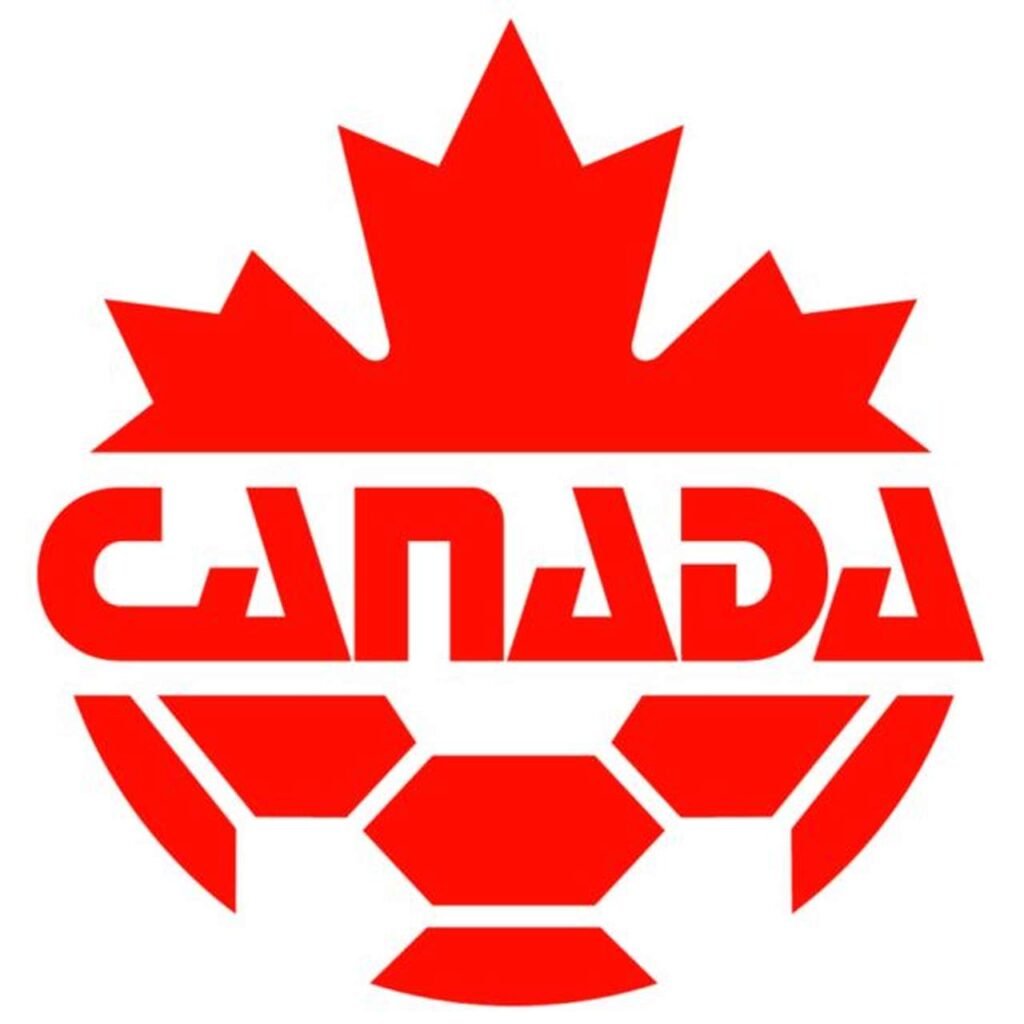
The Reds are what Canadians call the national team. The Reds and Les Rouges are other nicknames. There is also The Canucks (Les Canadiens) is also used.
Group G- The famous team Canarinho, five times world champion, acquired this nickname only after a sporting tragedy. It was during the 1950 World Cup, at home, when they lost to Uruguay in the final. The white uniform, used until then, was retired and, thanks to a popular contest, the yellow shirt won. The nickname was coined by radio host Geraldo José de Almeida.
A double-headed white eagle, on the coat of arms of the Serbian flag, is the reference to the nickname of the national team: White Eagles. The bird refers to the Nemanic dynasty, the most important in Serbia during the Middle Ages.
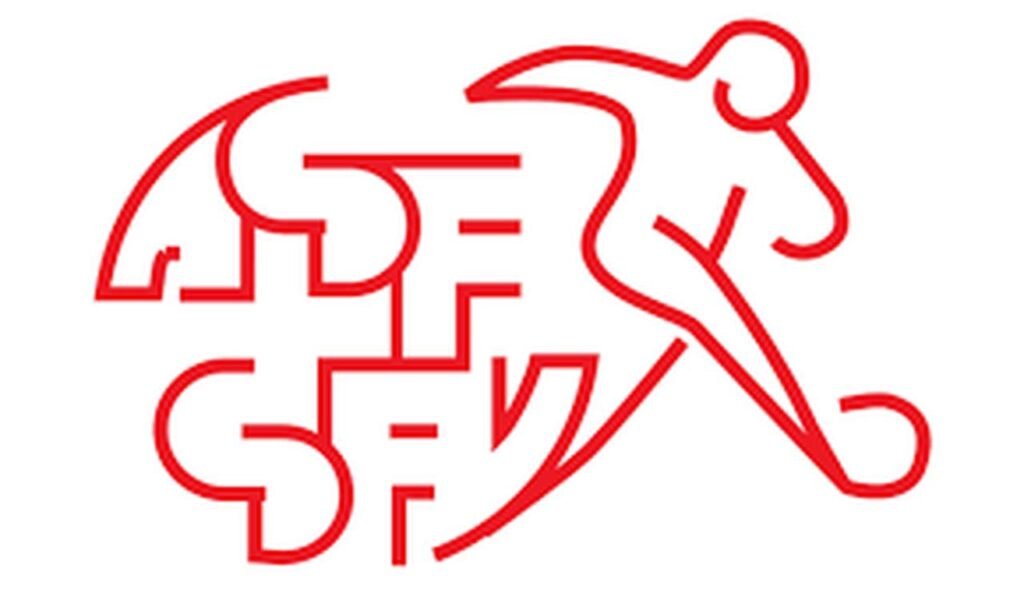
Switzerland is not very creative when it comes to nicknames. A Nati, short for Schweizer Nationalmannschaft (national team) in German, is also known as La Nati and Sqaudra Nazionale, which mean the same in French and Italian respectively. The lion is the symbol of Cameroon. And the nickname of the team refers: Indomitable Lions.
Group H- The Portugal national team is known as the national team. And the explanation is given with historical knowledge. The nickname comes from the Portuguese flag, which, in addition to the green and red colors, has the Portuguese shield in the center on an armillary sphere, which turns out to be an astronomical instrument, used in navigation (there are those who call the team Portuguese Os Navegadores). Inside the Portuguese shield we find five blue emblems (under the monarchy the colors of the flag were blue and white) called quinas, which symbolize the five Moorish kings that D. Afonso Henriques defeated in the battle of Ourique, in the twelfth century.
Among the nicknames, the principal of the national team of Uruguay has a sports origin. Also known as Charrúa, celebrating an indigenous people massacred by Uruguayan troops in 1831, the team is called Celeste Olímpica, not only because of the blue of its uniform (which, in addition to being on the flag, pays tribute to the club River Plate FC), but also for winning two Olympic gold medals, won in 1924 (Paris) and 1928 (Amsterdam). The Uruguayan national team also gives its name to the goal scored directly from a corner, because in 1924 the Argentinian Cesáreo Onzari scored the first goal in this way, in a friendly match against Uruguay, which a few months earlier had been an Olympic champion. Thus, the Argentines created the expression Olympic goal to make fun of their rivals.
The five-pointed black star, representing the freedom of Africa, at the very center of Ghana’s flag is the origin of the nickname of the country’s national football team: the Black Stars.

The origin of the nickname of the national team of South Korea is economic. Between the 1960s and 1990s, four Southeast Asian territories stand out for aggressive growth: Hong Kong, Singapore and Taiwan, alongside the Koreans, are known as the Asian Tigers. This code name was taken over in football and South Korea adopted it. It should be remembered that the tiger is a typical Asian animal.(Text: Sergio du Bocage/Agência Brasil – Photo: Lucas Figueiredo/CBF)
SEE AS WELL
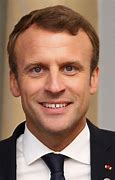
“Evil pop culture fanatic. Extreme bacon geek. Food junkie. Thinker. Hipster-friendly travel nerd. Coffee buff.”





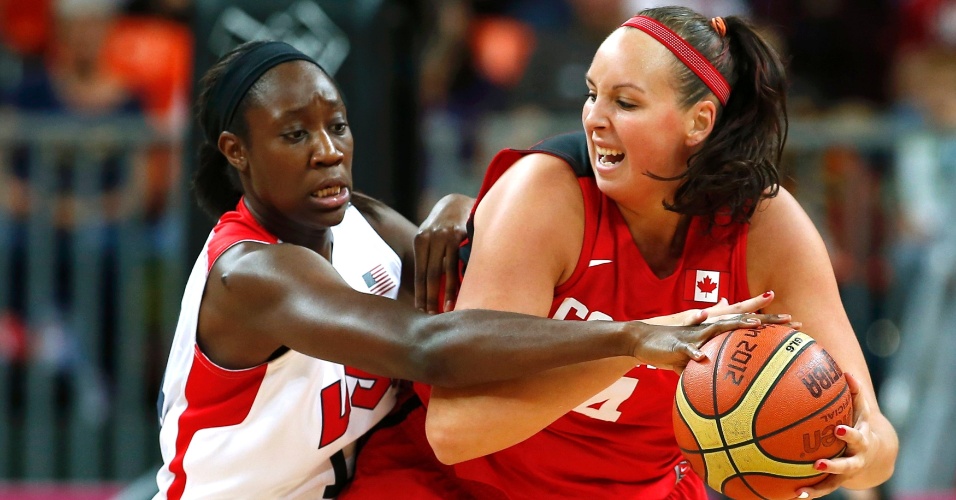
:strip_icc()/i.s3.glbimg.com/v1/AUTH_da025474c0c44edd99332dddb09cabe8/internal_photos/bs/2024/x/2/N6XJkFRYWxJY6hAeUEtw/betty2.png)
